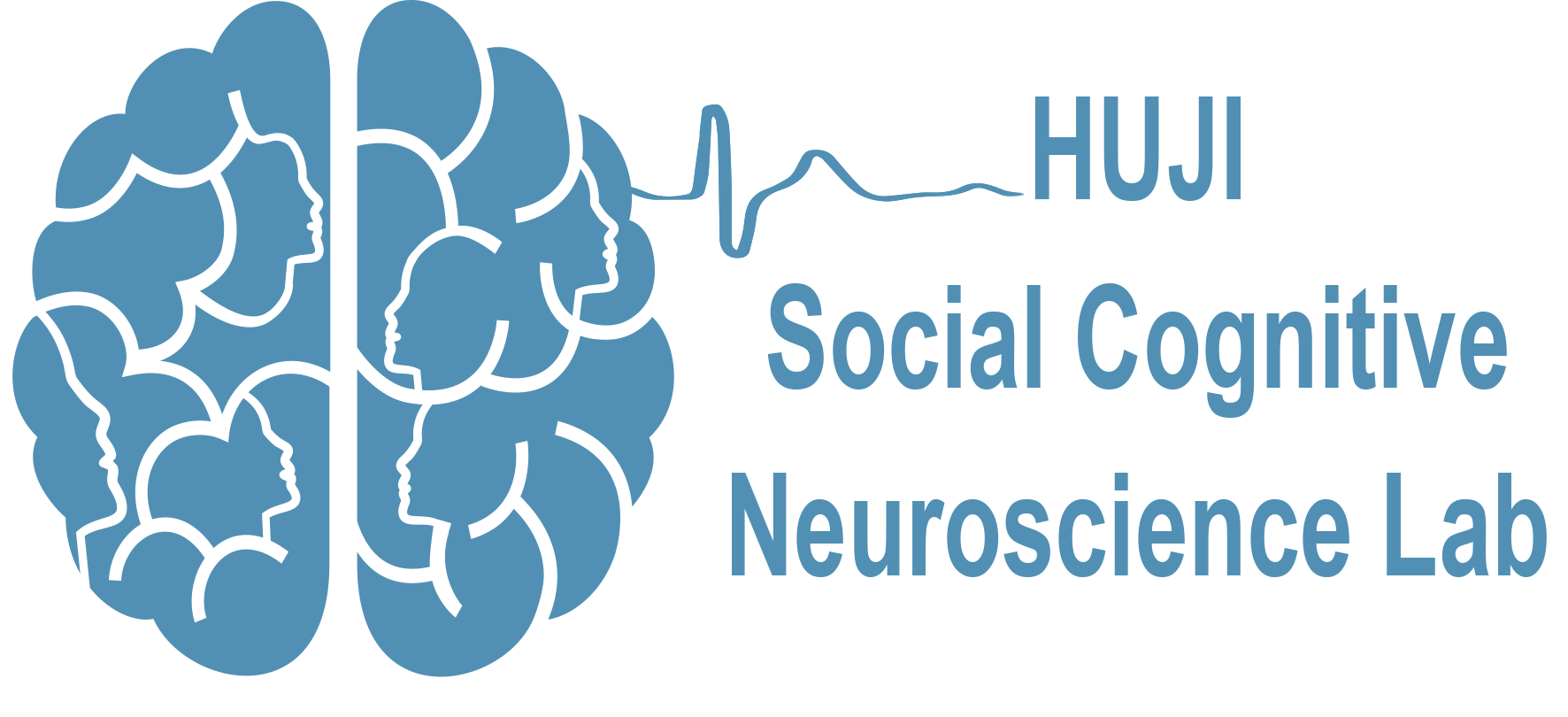Abstract:
Personal space, defined as the distance individuals choose to maintain between themselves and others, is an indicator of affiliation and closeness. Most paradigms that measure personal space preferences involve explicit choice and therefore fail to examine the implicit aspects of such preferences. In the current study, we sought to investigate an implicit form of interpersonal space that is more closely related to real-life situations involving affiliation. We studied the effects of oxytocin (OT) on neural networks that involve affiliation and tested the impact on personal space preferences. In a double-blind placebo-controlled study, we asked participants to choose between two rooms that differed only in the distances between two stimuli. The stimuli were either social stimuli (two chairs) or non-social stimuli (table and plant). The behavioral results showed that OT caused participants to choose a closer space in social blocks but did not affect their choices in non-social blocks. Imaging results revealed an interaction between stimulus and treatment (OT/PL) in the dorsal striatum, an area that is related to approach motivation and is part of the reward circuitry. Specifically, OT increased activity in the dorsal striatum in the social blocks and decreased this activity in the non-social blocks. The results of the study strengthen the social salience theory regarding OT, indicating that OT does not uniformly affect all social responses and that context has a determining impact on our behavior.
Website

